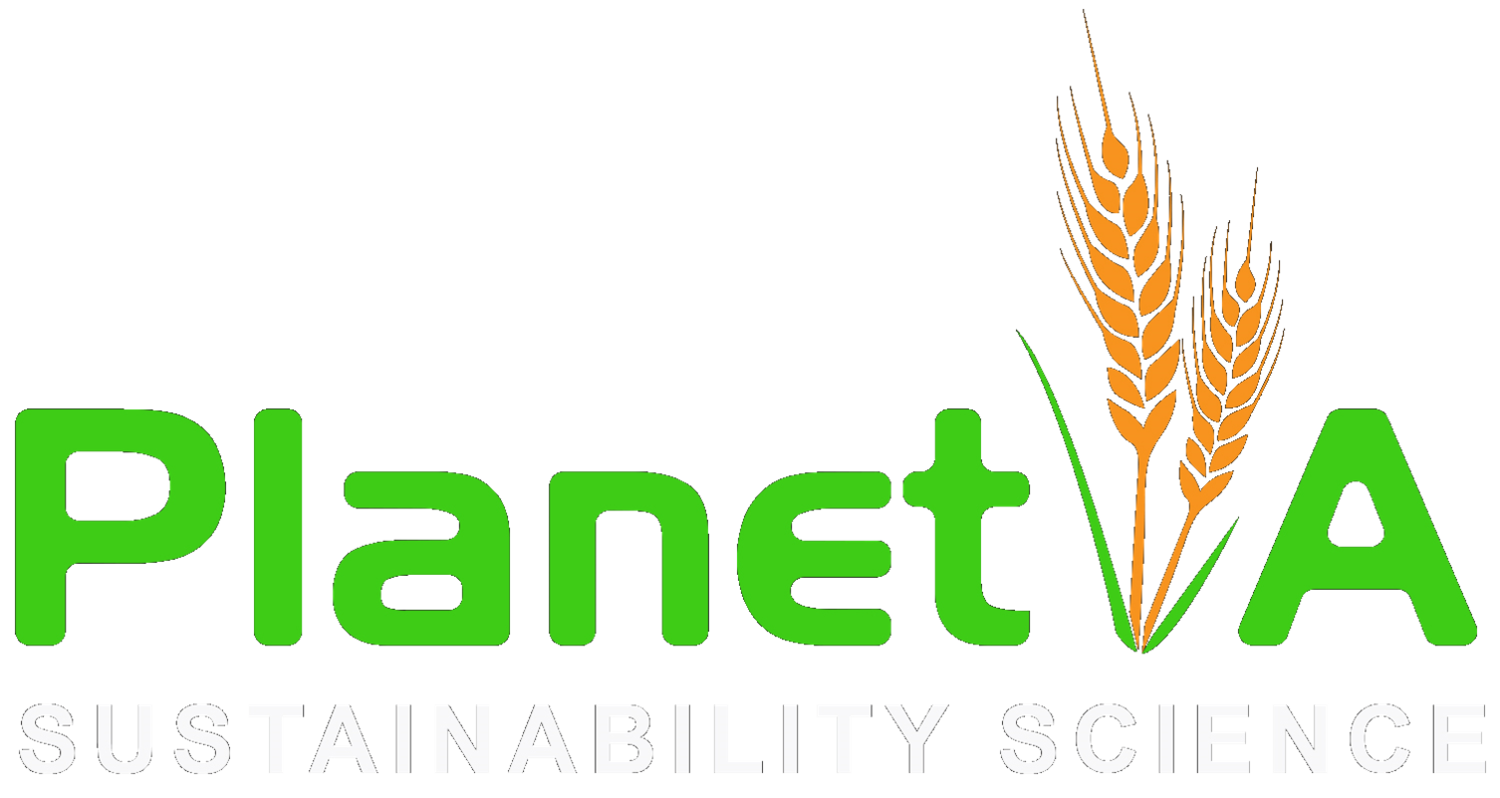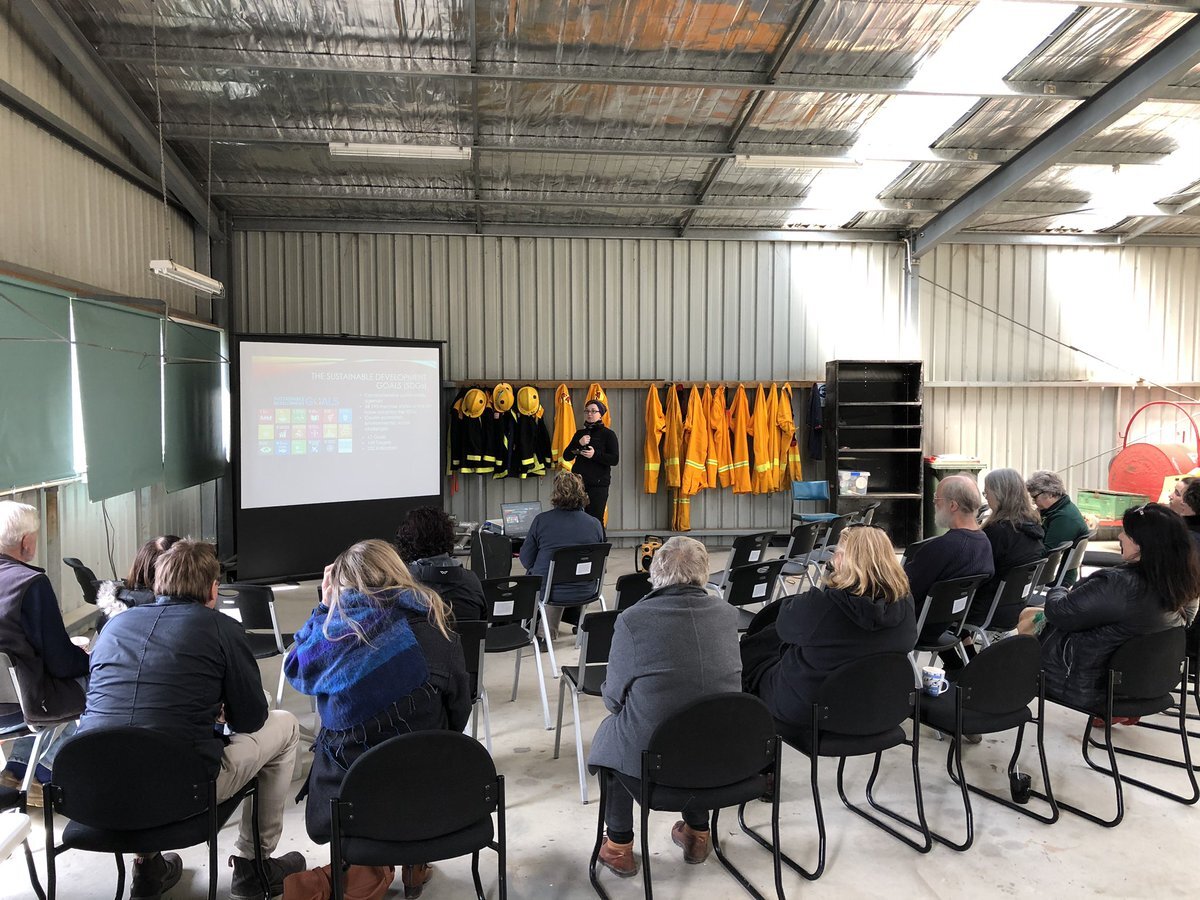LOCAL AGENDA 2030
Localising the Sustainable Development Goals and developing pathways for implementation in Australian communities
Researchers
Katrina Szetey Brett Bryan Enayat Moallemi Dianty Ningrum Reihaneh Bandari
Katrina presenting at the ‘Forrest Community Open Day’ about the significance of SDGs at the local scale.
Summary
The UN Sustainable Development Goals (SDGs) are an agenda which provides guidance for all nations to achieve a sustainable future. So far, implementation of the SDGs has occurred primarily through a top-down approach, led by government. A bottom-up approach, led by communities, can be achieved through localisation – the downscaling of goals at a local level and drawing pathways in a local context. Localisation permits recognition of heterogeneity within a community, and building that diversity into pathways for the achieving the SDGs increases their likelihood of success. One way to conceptualise sustainable futures and the impact of potential interactions of the SDGs is through the development of scenarios. The Shared Socioeconomic Pathways (SSPs) were initially developed for climate change research, but they can be adapted for use in different contexts. Here we develop a method to localise both the SDGs and the driving forces of the SSPs, and link them to create scenarios for potential sustainable futures. These scenarios can be used to analyse the fulfilment of the SDGs at a local scale, and can be used to identify the uncertainties surrounding the driving forces. Localisation of scenario development in the context of the SDGs expands the applicability of the SSPs, and provides a consistent structure from which to analyse the fulfilment of the SDGs.

